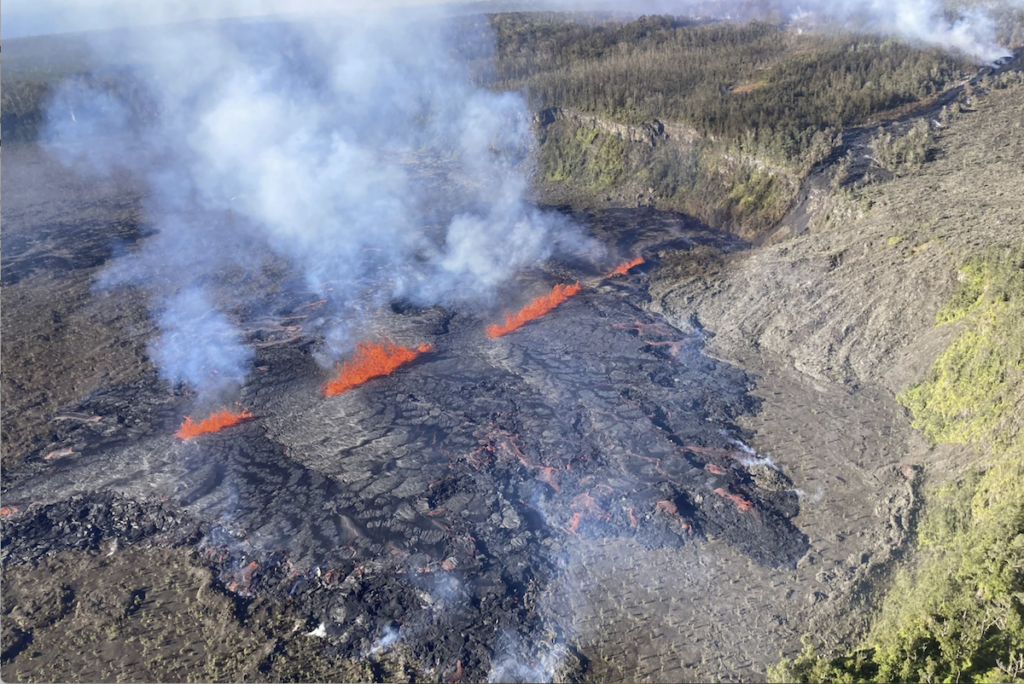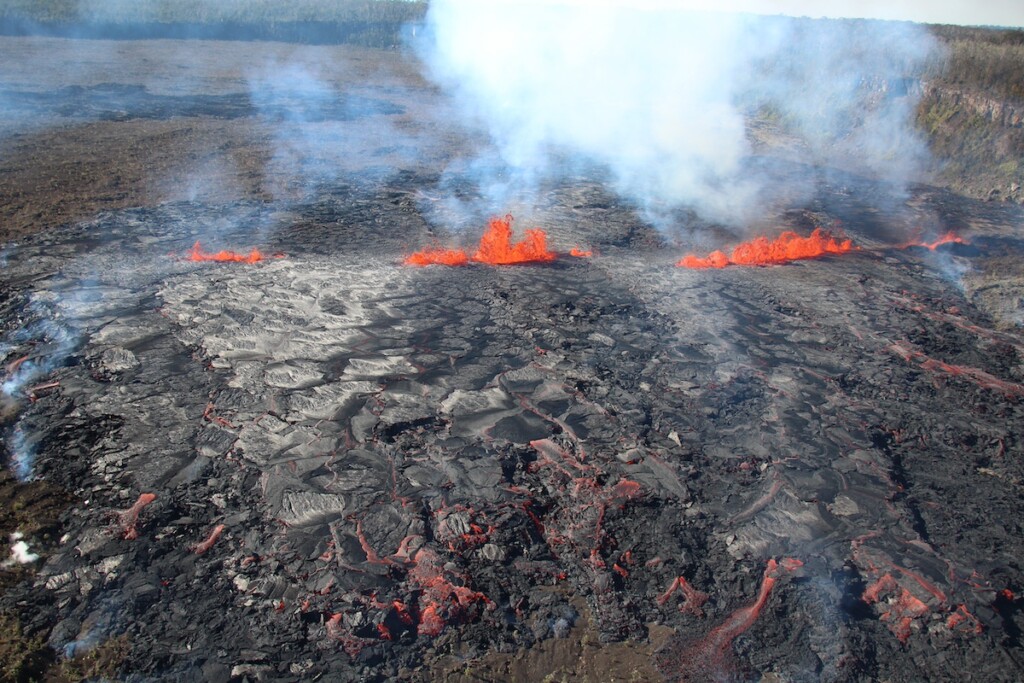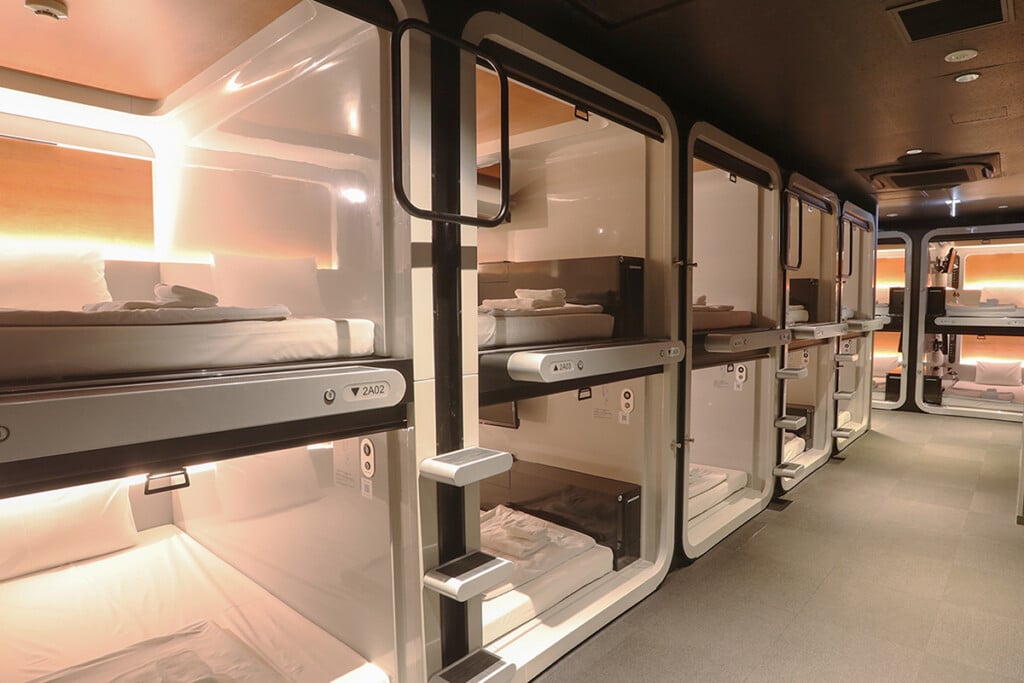Kīlauea is Erupting Again But in a Remote Area on Hawaiʻi Island
The eruption resumed on Sept. 17 in Nāpua Crater, over 6 miles from the nearest road.

Updated 7:03 p.m., Sept. 18
Chain of Craters Road is now open as eruption hazards ease in Kīlauea volcano’s middle East Rift Zone, according to the Hawaiʻi Volcanoes National Park.
Hilina Pali Road and Kulanaokuaiki Campground are now open to traffic. With the exception of Nāpau, backcountry sites have reopened as well.
Maunaulu Trail and parking area, Nāpau Trail and Nāulu Trail remain closed to all use due to continued eruption hazards including gas emissions and for potential wildland fire. Escape road is open from Highway 11 to the Mauna Ulu Parking lot access road closure.
Kīlauea is erupting again—but you won’t be able to see it.
The eruption, which began on Sept. 15 and stopped briefly, resumed with new fissures inside Nāpau Crater, a remote wilderness area more than 6 miles from the nearest road. Chain of Craters Road in Hawaiʻi Volcanoes National Park remains closed.
When scientists flew over the site on Sept. 17, they saw bright, red fountaining eruptive fissures in a line in the middle of the crater, with active lava flows on the floor. The eruption is occurring in a remote area with no public access.

This photograph of Kīlauea’s ongoing middle East Rift Zone eruption was captured during a Hawaiian Volcano Observatory helicopter overflight during the morning of Sept. 17, 2024. This photo was taken at 8:11 am HST. Geologists observed fountaining eruptive fissures and active lava flows bisecting the floor of Nāpau Crater, just downrift (northeast) of the Sept. 15 eruptive fissure. This south-facing view shows the current activity from the west side of the crater.
Photo: Courtesy of U.S. Geological Survey/N. Deligne.
There is no immediate threat to homes or infrastructure, according to the U.S. Geological Survey’s Hawaiian Volcano Observatory, though volcanic gas—aka vog—may reach downwind neighborhoods near the park.
HVO’s alert level for Kīlauea remains at “Watch” and its aviation color code is set to “Orange.”
You may not be able to see the eruption in person, but you can watch via this webcam.
For current updates, visit Hawaiʻi Volcanoes National Park’s website.


